Bridging the Gap: How to Educate Your Team on Union Payroll Rules and Regulations

In the fast-paced environment of the motion picture industry, understanding union payroll rules and regulations is paramount. The complexities of collective bargaining agreements often pose significant challenges to independent film producers, studio finance executives, and film production accountants alike.
Understanding Collective Bargaining Agreements
Collective bargaining agreements (CBAs) are the backbone of labor relations in the motion picture industry. They outline the rights, responsibilities, and compensation structures for union members. Navigating these agreements requires a keen understanding of their intricacies and the ability to apply them in real-world scenarios.
Key Components of CBAs
CBAs typically cover a range of topics, including wage scales, overtime provisions, work conditions, and dispute resolution mechanisms. Each agreement is unique, reflecting the specific needs and priorities of the union it represents. Therefore, a thorough review of the relevant CBAs is essential for anyone involved in payroll and labor relations.
The Importance of Compliance
Failure to comply with CBA provisions can lead to costly legal disputes and damage to professional relationships. As such, education on these agreements is not just beneficial but necessary. Regular training sessions and workshops can help your team stay updated with the latest changes and ensure compliance.
Payroll Certification Courses
One of the most effective ways to educate your team on union payroll rules is through payroll certification courses. These courses offer in-depth training on the best practices and legal requirements associated with payroll management in the film industry.
Selecting the Right Courses
When choosing a payroll certification course, consider factors such as course content, instructor expertise, and industry recognition. The right course should cover a wide range of topics, including payroll calculation, tax compliance, and CBA interpretation, providing participants with a comprehensive understanding of the payroll landscape.
Benefits of Certification
Certification not only enhances the skills and knowledge of your team but also demonstrates your commitment to professional development. It can improve accuracy in payroll processing, reduce compliance risks, and foster a culture of continuous learning within your organization.
Implementing Payroll Best Practices
The adoption of payroll best practices is crucial for efficient and compliant payroll management. These practices ensure that payroll processes are streamlined, accurate, and aligned with industry standards.
Streamlining Payroll Processes
Automating payroll processes can significantly reduce the risk of errors and increase efficiency. Utilizing software solutions that are specifically designed for the motion picture industry can help manage complex payroll calculations and ensure adherence to CBA provisions.
Regular Audits and Reviews
Conducting regular audits of payroll processes can help identify potential issues before they escalate. These audits should assess compliance with CBAs, accuracy of payroll calculations, and adherence to tax regulations.
The Role of the FTV Graduate Program
The FTV Graduate Program is an excellent resource for those seeking to deepen their understanding of union payroll education. This program offers specialized courses that focus on the unique challenges faced by the motion picture industry.
Curriculum Highlights
The FTV Graduate Program covers a wide array of topics, from basic payroll principles to advanced agreement deep-dives. Participants gain insights into the latest industry trends, legal developments, and technological advancements, equipping them with the knowledge needed to excel in their roles.
Networking Opportunities
Enrolling in the FTV Graduate Program live-sessions also provides valuable networking opportunities. Participants can connect with industry leaders, peers, and experts, fostering relationships that can lead to collaborative solutions and shared best practices.
Developing a Tailored Training Program
To effectively educate your team on union payroll rules and regulations, consider developing a tailored training program. Such a program should be designed to meet the specific needs of your organization and address the unique challenges faced by your team.
Assessing Training Needs
Begin by conducting a thorough assessment of your team's current knowledge and skills. Identify any gaps in understanding and areas that require improvement. This assessment will inform the development of a customized training curriculum.
Incorporating Real-World Scenarios
Incorporating real-world scenarios into your training program can enhance its effectiveness. These scenarios provide practical examples of how CBA provisions and payroll regulations apply in everyday situations, helping participants to better understand and retain the information.
Staying Informed on Industry Developments
The motion picture industry is constantly evolving, with new CBAs, regulations, and technologies emerging regularly. Staying informed on these developments is crucial for maintaining compliance and optimizing payroll processes.
Engaging with Industry Associations and Unions
Industry associations, such as the Motion Picture Association and unions such as the International Alliance of Theatrical Stage Employees, offer valuable resources and updates on the latest industry developments. Engaging with these groups can help keep your team informed and connected.
Leveraging Technology
Leveraging technology can also aid in staying updated with industry changes. Consider subscribing to industry newsletters, attending webinars, and participating in online forums to ensure your team has access to the latest information and insights.
Educating your team on union payroll rules and regulations is a vital component of successful payroll and labor relations management in the motion picture industry. By understanding CBAs, investing in payroll certification courses, implementing best practices, and staying informed on industry developments, your team will be well-equipped to navigate the complexities of union agreements and contribute to the success of your organization.









